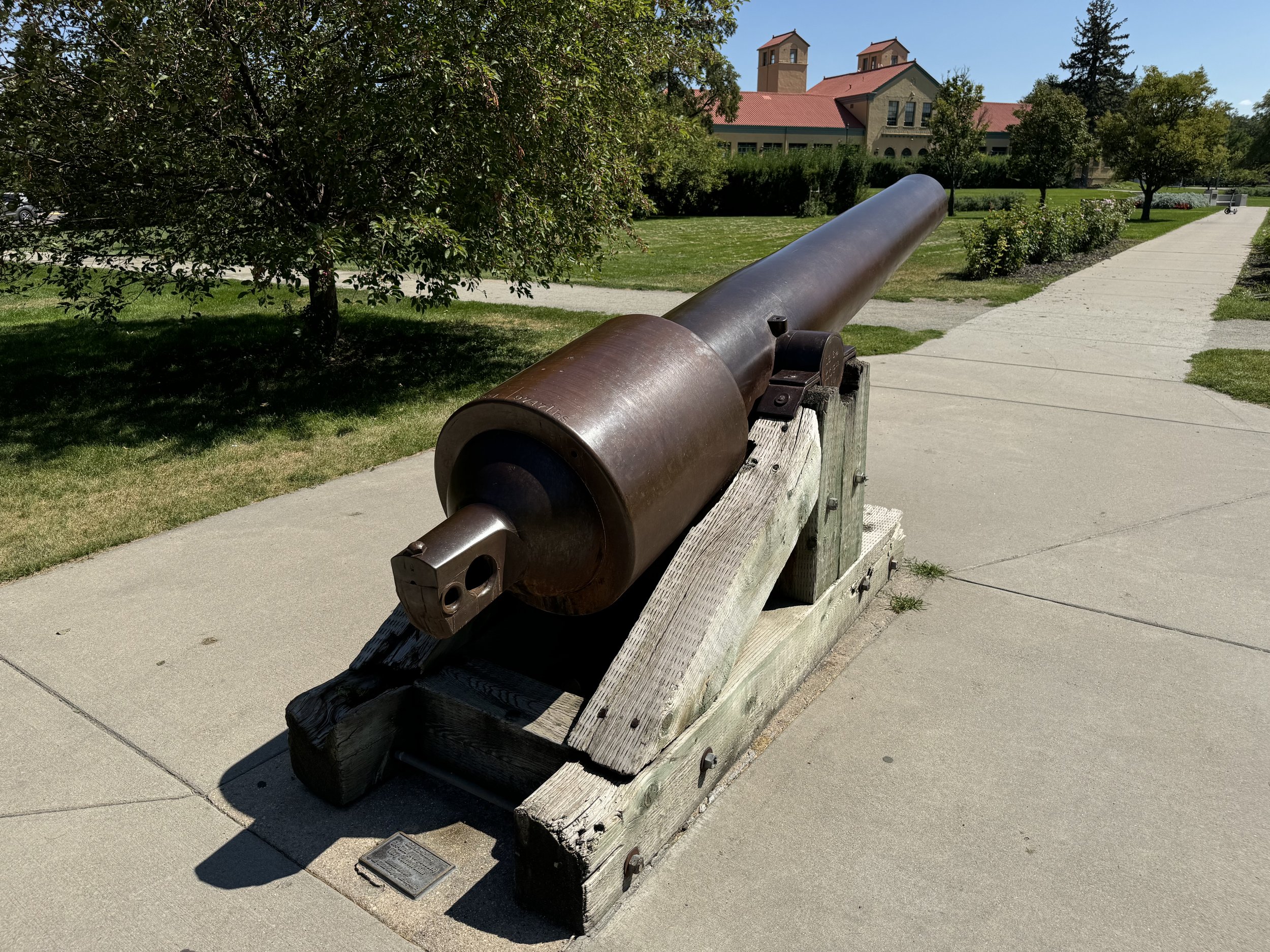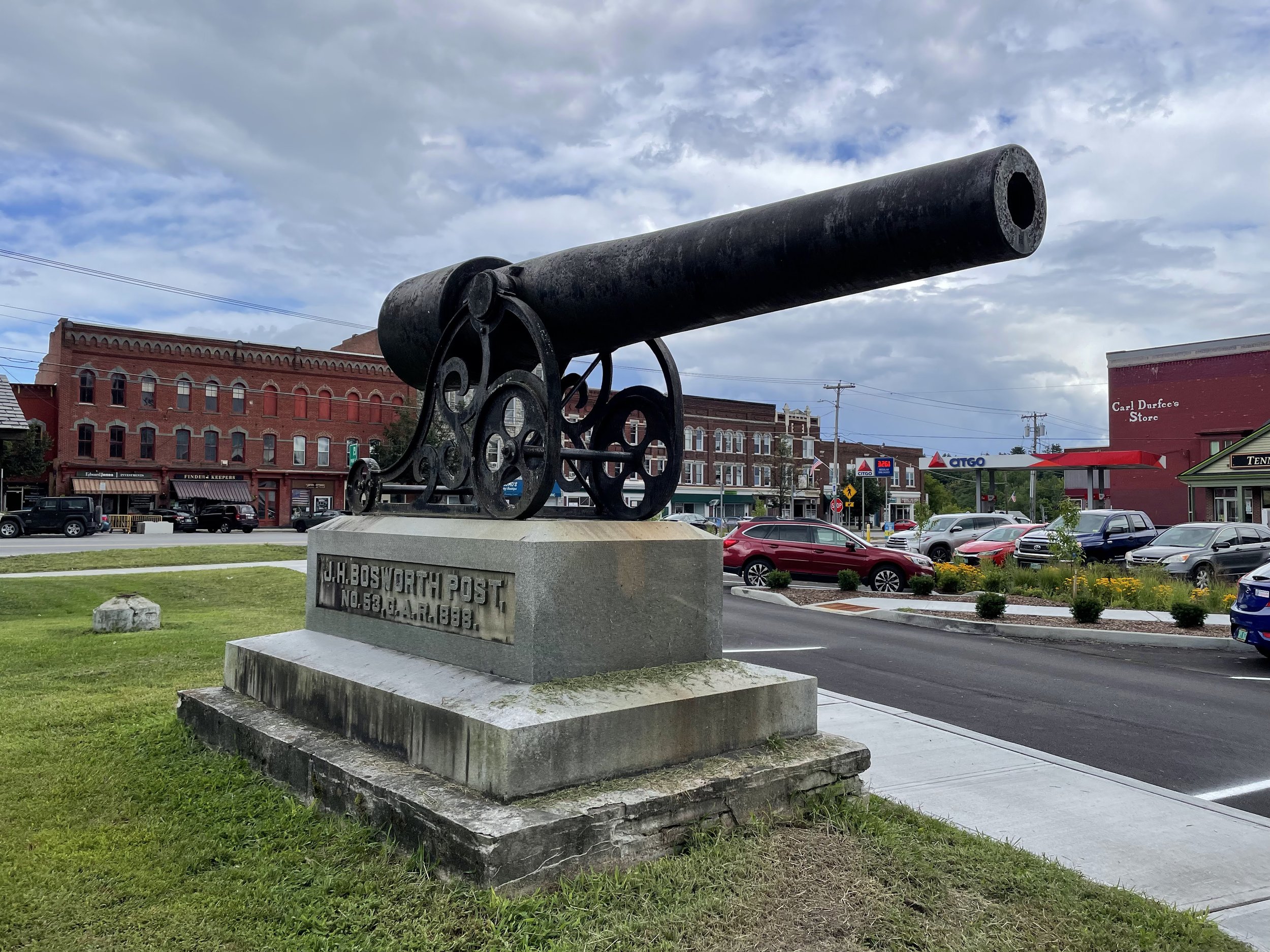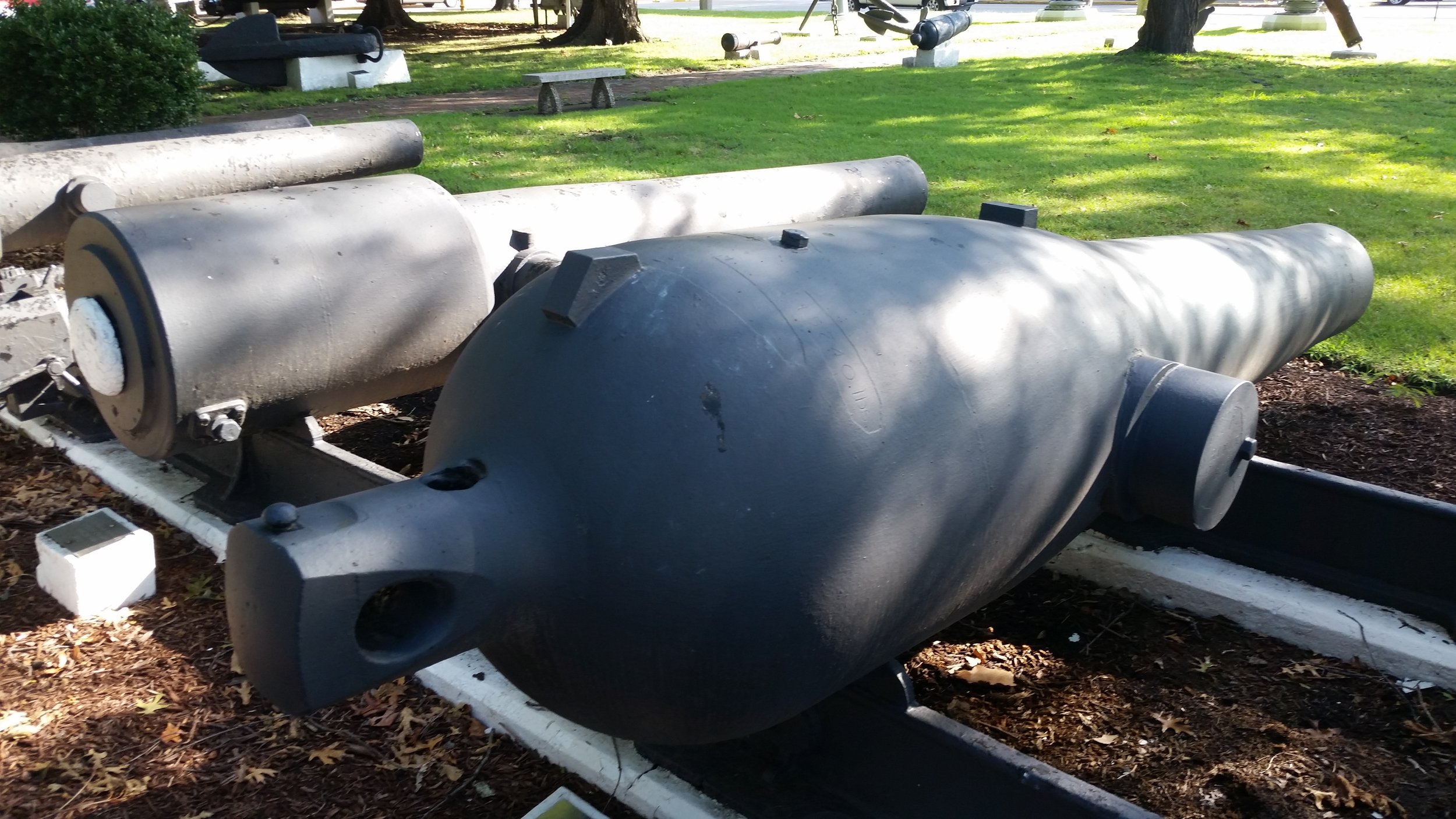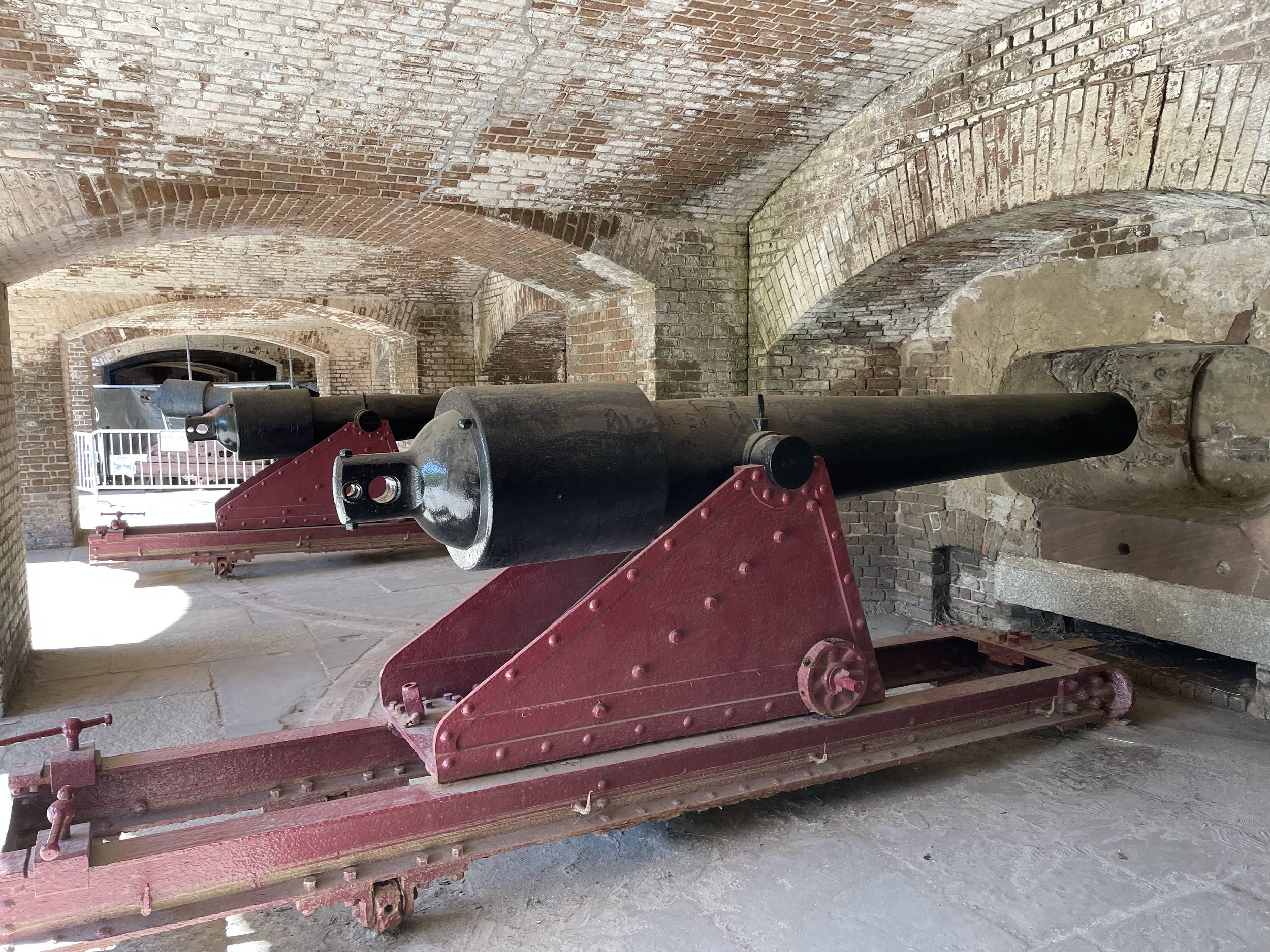
The 6.4-Inch Parrott Rifles of Greenville, South Carolina
Two 6.4-Inch Parrott Rifles (also called 100-Pounder Parrott Rifles) are displayed in Greenville, South Carolina beside a Confederate Monument. Despite flanking a Confederate Monument, they were produced for the US Army, and cannons with “neighboring” serial numbers are known to have been used to bombard Confederate positions near Charleston. It is possible that these two cannons saw similar service.

“Report on Rifled Guns” - 1865 Report on Parrott Rifles by the US Navy Bureau of Ordnance
After 5 US Navy Parrott Rifles failed causing some 45 casualties during the First Battle of Fort Fisher in December of 1865, the Bureau of Ordnance was tasked with determining the cause of the failures and whether Parrott Rifles continued to be suitable for use by the United States Navy. The report is transcribed in this post.

The Cannons of Denver’s City Park
Three Civil War era cannons have been displayed near the Pavilion at City Park in Denver, Colorado since 1897. They are an 11-Inch Dahlgren, a 6.4-Inch Parrott Rifle, and a 13-Inch Mortar. They surround a statue of Robert Burns.

The 6.4-Inch Parrott Rifle of Fair Haven, Vermont
A 6.4-Inch (or 100-Pounder) Parrott Rifle is displayed on a pedestal in Fair Haven, Vermont.

6.4-Inch Parrott Rifle in Bristol, Vermont
A 6.4-Inch (or 100-Pounder) Parrott Rifle is displayed on the town square in Bristol, Vermont.

The Cannons of Trophy Park
Norfolk Navy Yard Trophy Park in Portsmouth, Virginia displays a number of Dahlgrens and Parrott Rifles from the mid 19th Century US Navy. Some are displayed as they were manufactured. Others received modifications and conversions in the 1870s. Many thanks to Flickr user Jimmy for the permission to use these photos.

Parrott Rifles of Forts Sumter and Moultrie
Fort Sumter and Fort Moultrie near Charleston, South Carolina display fourteen Parrott Rifles. These cannon were manufactured during the Civil War for the United States Army and Navy. As the United States Army restored the fortifications of Charleston in the years following the Civil War, these cannons were mounted at the two forts. In the late 19th century they were intentionally buried - too obsolete and too corroded to worth removing.